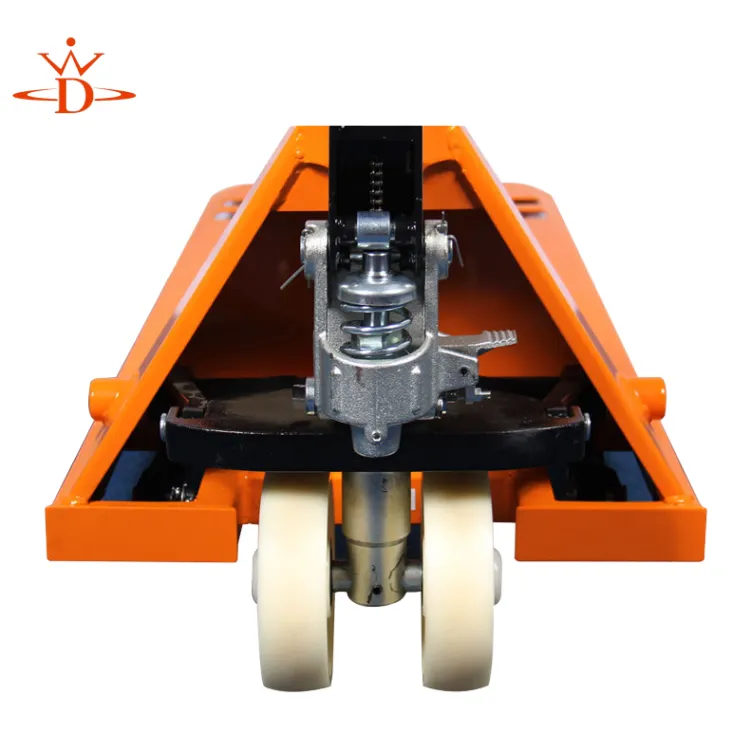gantry crane construction
The Construction of Gantry Cranes An Overview
Gantry cranes are vital pieces of equipment in various industries, particularly in manufacturing, construction, and shipping. These cranes consist of a bridge that spans a workspace and is supported by two or more vertical legs. They are designed to lift and move heavy loads, making them an indispensable tool for efficient management of materials. The construction of gantry cranes involves a complex interplay of engineering, design, and safety considerations.
Design Phase
The construction of a gantry crane begins with the design phase. Engineers assess the specific requirements of the project, including the load capacity, span width, and height. They also consider the operational environment, such as indoor or outdoor use, the types of loads to be lifted, and available space.
During this stage, various materials are evaluated for their suitability, with steel being the most common choice due to its strength and durability. The design must adhere to strict safety standards and engineering codes, ensuring that the crane can withstand the forces it will encounter during operation.
Structural Components
Once the design is finalized, the construction process begins. The main components of a gantry crane include the bridge, the legs, and the hoisting mechanism. The bridge is the horizontal part of the crane that moves along the rails, while the legs provide stability and support. They can be either fixed or adjustable, depending on the needs of the project.
The hoisting mechanism consists of a motor, gears, and a hoist that can lift and lower loads. This system must be meticulously assembled to ensure smooth operation. Additionally, safety features like limit switches, emergency stops, and overload sensors are integrated into the design to enhance operational safety.
Assembly Process
The assembly of a gantry crane involves several steps. First, the individual components are fabricated, which may involve cutting, welding, and machining steel parts. Advanced technologies such as Computer Numerical Control (CNC) machines are often employed to achieve precise specifications.
gantry crane construction

After fabrication, the components are transported to the construction site. The crane legs are erected first, followed by the installation of the bridge. This typically requires heavy lifting equipment and skilled labor to ensure that everything is aligned correctly and securely attached.
Testing and Certification
Before a gantry crane can be put into operation, it undergoes thorough testing. Load tests are performed to verify that the crane can safely handle its rated capacity. These tests are critical for identifying any weaknesses or potential failures in the structure.
Once the testing is successfully completed, the crane is certified by relevant authorities. This certification ensures compliance with legal regulations, safety standards, and operational effectiveness. Only after obtaining this certification can the gantry crane be used for lifting and moving loads.
Maintenance Considerations
Maintenance is a crucial aspect of gantry crane operation. Regular inspections and servicing are necessary to ensure that all components function correctly and safely over time. Maintenance tasks include checking the integrity of the structure, inspecting the hoisting mechanism, and monitoring the electrical systems.
Scheduling frequent maintenance not only maximizes the lifespan of the crane but also minimizes downtime and reduces the risk of accidents. Operators must be trained in safe operating procedures and emergency response protocols to ensure the safety of everyone on site.
Conclusion
The construction of gantry cranes is a complex yet fascinating process, involving careful planning, skilled craftsmanship, and rigorous safety standards. As industries continue to rely on these powerful tools for material handling, the importance of constructing safe and efficient gantry cranes cannot be overstated. With ongoing advancements in technology and engineering practices, the future of gantry crane design and construction looks promising, paving the way for even more innovative solutions in the heavy-lifting sector.
-
Unlock Seamless Relocation with Our Heavy Equipment Moving ExpertiseNewsJun.06,2025
-
Unleash Unrivaled Flexibility with Our Adjustable Gantry CraneNewsJun.06,2025
-
Unleash Heavy-Duty Efficiency with Our Industrial Gantry Crane SolutionsNewsJun.06,2025
-
Revolutionize Steel Handling with Our Magnetic Lifter RangeNewsJun.06,2025
-
Master Equipment Mobility with Premium Machinery Mover SolutionsNewsJun.06,2025
-
Elevate Your Material Handling with Magnetic Lifter TechnologyNewsJun.06,2025
-
YS Permanent Lifting Magnets: The Smarter Way to Handle SteelNewsMay.22,2025
